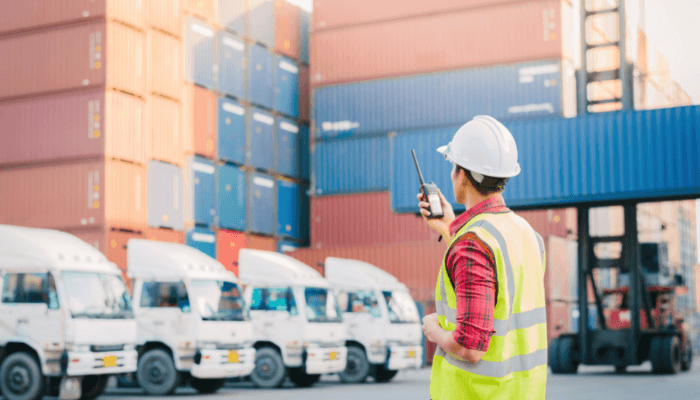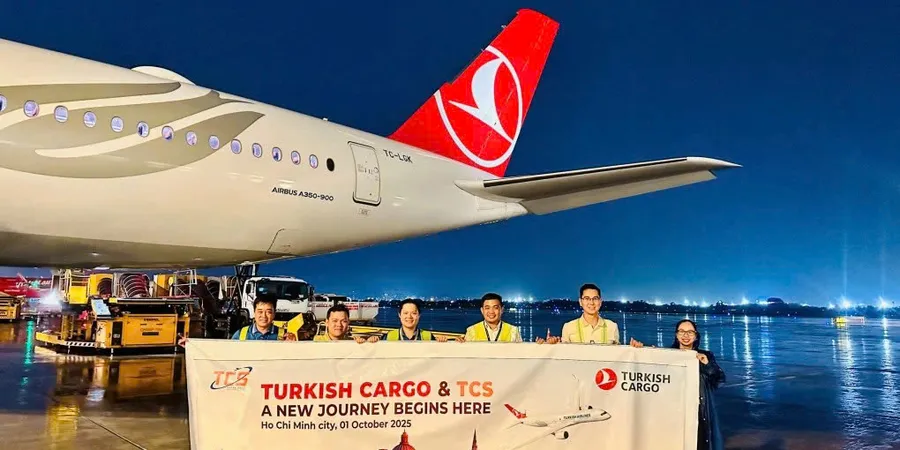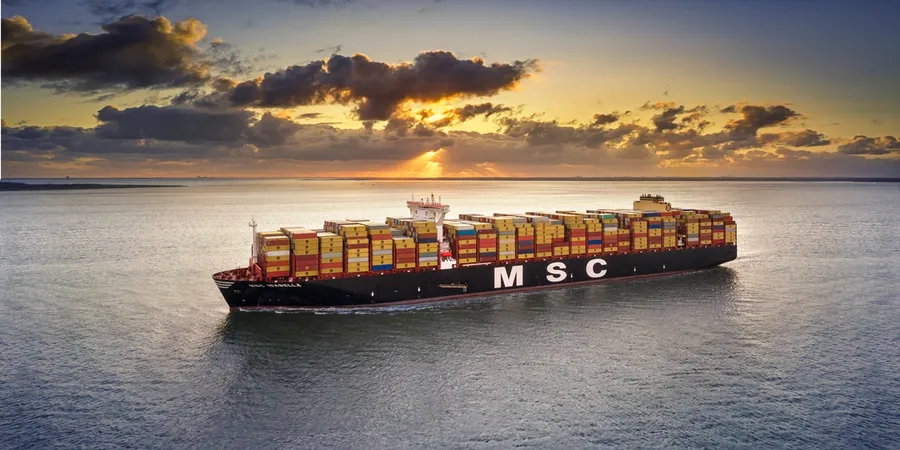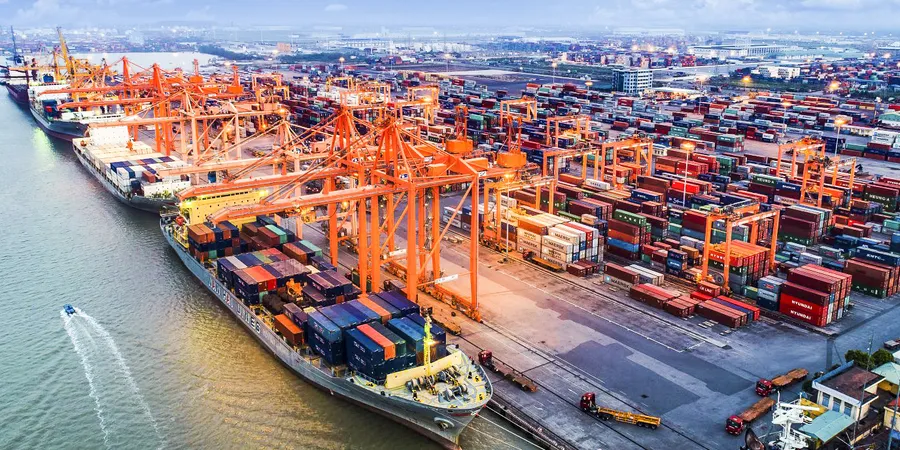11 Basic Components of Logistics Cost
Finding out how much it costs to manufacture a product and deliver it to the customer helps a business fix a price for the product. It also takes into account a reasonable profit margin over the total costs.
Cost accounting is a very relevant field when it comes to deciding the selling price of a product and therefore the profit margin.
The cost of producing or delivering a service is known as Cost of Goods Sold or more popularly, COGS. It does not factor in costs incurred on shipping or other such related expenses.
What is Logistics Cost?
Logistics cost may be explained as all the costs incurred by an organization in moving a product. It would include the cost of moving raw materials from the supplier, storing them in a warehouse for release at an appropriate time, moving the finished products to the customer, and all activities associated with these activities.
As we can see here, it includes several parties such as the manufacturer, transport and shipping companies, clearing and forwarding agents, the warehouse operator, and a host of other players.
Generally, logistics costs are of two types – fixed logistics costs and variable logistics costs.
Costs that do not change frequently such as rents, taxes, etc. come under fixed logistics costs while variable costs are those that change according to the volume of goods involved and other such factors.
Let us take a brief look at some of the main components of logistics cost.
Components of logistics cost
Transportation
Transportation is the moving of goods between locations. It could be from the supplier to the buyer, where the buyer could be a distributor or a retailer. It can also be moving the goods from the distributor or retailer to the customer.
These parties may be located in different countries or they could be within a country. Typically, transportation cost forms a chunk of any logistics cost.
Goods may be generally classified as perishable and non-perishable commodities. Perishable commodities may require special transport arrangements such as temperature-controlled containers and special packaging.
When compared with the transport of non-perishable cargo, transport arrangements made for perishable cargo can be quite expensive.
Goods for transport are usually charged per cubic meter or CBM.
Warehouse Rent
Warehouse space is much in demand these days. Most goods require to be stored somewhere during their movement from the manufacturer to the distributor or retailer. Goods are usually stored and released according to demand.
As in transport, goods may require special storage facilities such as a temperature-controlled warehouse, special racks to store the goods, special Material Handling Equipment (MHE), picking arrangements, etc. All these involve costs that go into a product’s logistics cost.
Packing and labelling call for packing and labelling supplies.
The cost of technology used in modern warehouses such as the Warehouse Management Systems (WMS) and cost of the warehouse administration also form part of logistics cost.
Typically, warehouse rent charged to a customer is inclusive of the cost of all such arrangements and it is charged per square foot (sq. ft.) space occupied.
Staff and Labor
Just like in all other industries, automation and robotics are gaining prominence in the logistics field too. However, the human element or the human workforce, to a certain extent, is unavoidable.
Staff are required to operate computers and robots. Certain types of goods and operations will inevitably require handling or decision-making by a human being.
Management of the warehouse and its operation are performed by humans as it cannot be left to machines. Similarly, the customer services or the human resources departments of an organization have to have people handling it as it includes situations where human emotions and decision-making come into play.
In all such cases, there is a cost associated with this labour. This cost is part of the logistics cost. It is usually shown as man-hours spent on an operation.
Logistics as Revenue Centers
Traditionally, logistics operations were considered cost centres or simply operations that attracted costs without any profit. However, these days, the logistics industry has successfully come out of this doldrum, and logistics operations are proving to be high-grossing cost centres. But, how does it achieve this?
Cost reduction is considered the key factor in increasing the profits of a logistics organization. Factors such as bulk handling of goods, purchasing the necessary materials in bulk, consolidation of cargo, and provision of value-added services are also important here. Let us take a look at some of these.
Selection of Mode of Transport and Carrier
Typically, logistics organizations decide on the mode of transport that is suited to them as well as the customer. In doing this, they go for a preferred carrier who will provide them with rate discounts without compromising on the quality of their services.
Bulk Handling of Cargo
Bulk cargo usually gets bulk discounts from carriers and other operators. To make use of this situation, logistics organizations often prompt their customers to deal in bulk. Customers also benefit from ordering in bulk as they can avail of bulk discounts from their suppliers.
Packing and labelling materials that may be required are often purchased in bulk by logistics companies, availing bulk discounts offered by their suppliers.
Consolidation of Cargo
Consolidation is the transportation of several small cargo shipments from a location, in a single container as Full Container Load (FCL). Besides protecting the cargoes from damage, it helps to avail of full container load discounts from the carrier or operator.
There is also considerable savings in handling and other related charges when goods are transported as FCL. Consolidation is also known as groupage.
Value-added Services
These are services provided free of cost to the customer. It may differ from company to company but the common value-added services offered by logistics companies are reporting of data and reverse logistics.
Improved customer services and varied value-added services help in customer retention and increased goodwill of the organization.
3PL Services
What are 3PL services? Third-party Logistics Providers or 3PL are outsourced services to help with the warehousing and distribution services of an organization.
3PL operators usually specialize in a variety of logistics operations such as transport, storage, etc. Savings earned through the selection of the right 3PL service provider contributes to an organization’s bottom line.
Technology
Investing in the right logistics technologies can go a long way in improving the performance of an organization and therefore increasing its savings.
Data technologies such as Enterprises Resource Planning (ERP), Artificial Intelligence (AI), robotics, and automation are used increasingly by logistics operations these days.
Innovations and Reorganizations
A dynamic management that always encourages innovations and reorganizes operations to meet requirements helps to drive up the revenue. Constant monitoring of the organization’s performance and taking pre-emptive measures to prevent aberrations and arrest negative trends can avoid losses. It can also result in increased revenues if handled correctly. These actions also go a long way in increasing staff productivity.
Logistics costs are defined by different companies in different ways. The best way to reduce costs and thereby increase profit is through regular review of the company’s logistics strategies and taking the necessary actions to address drawbacks.
Plan carefully and negotiate with suppliers and service providers aiming for better rates without compromising on the quality of their services.
Source: Marine Insight






